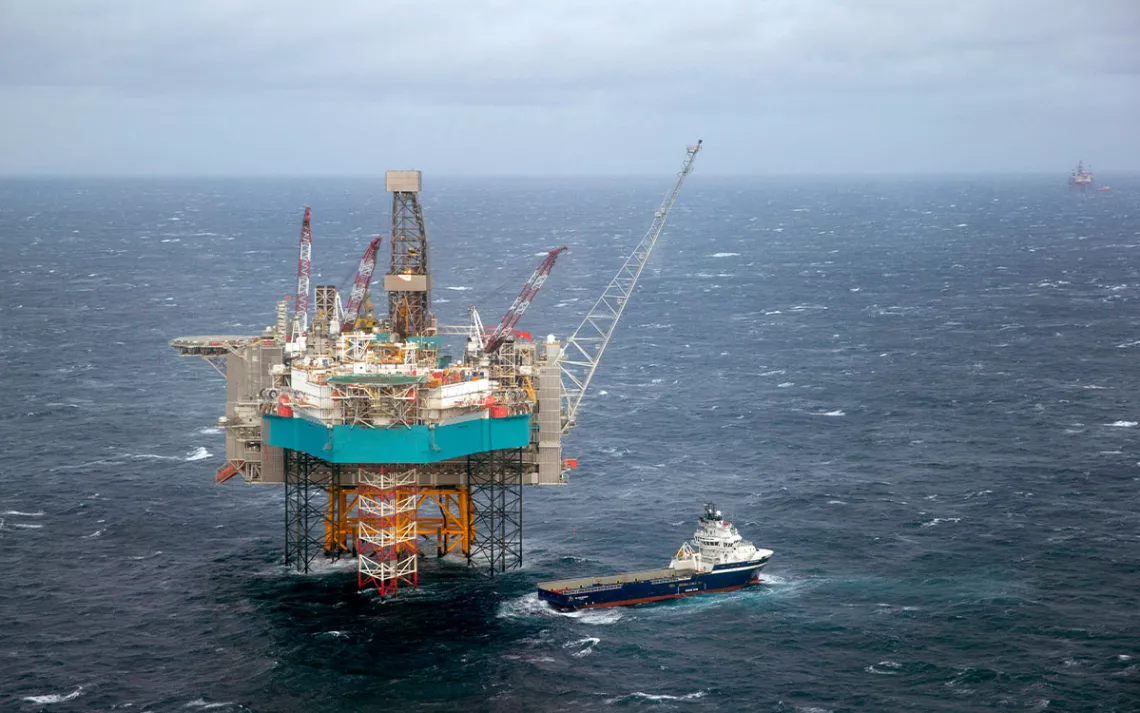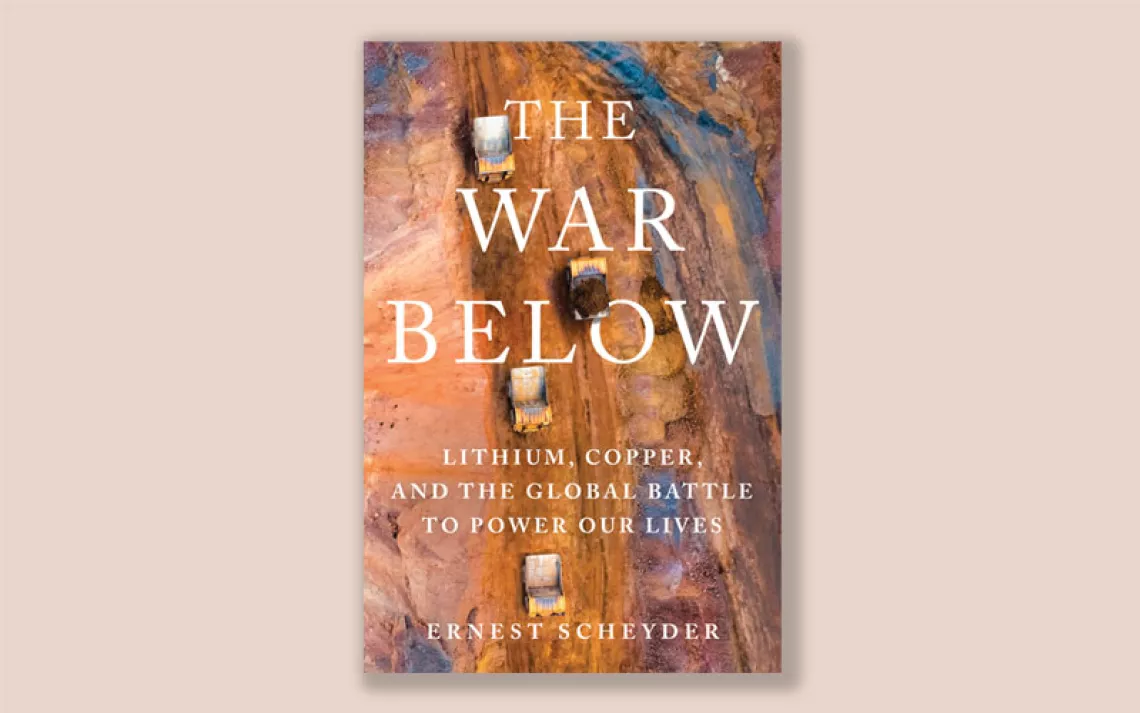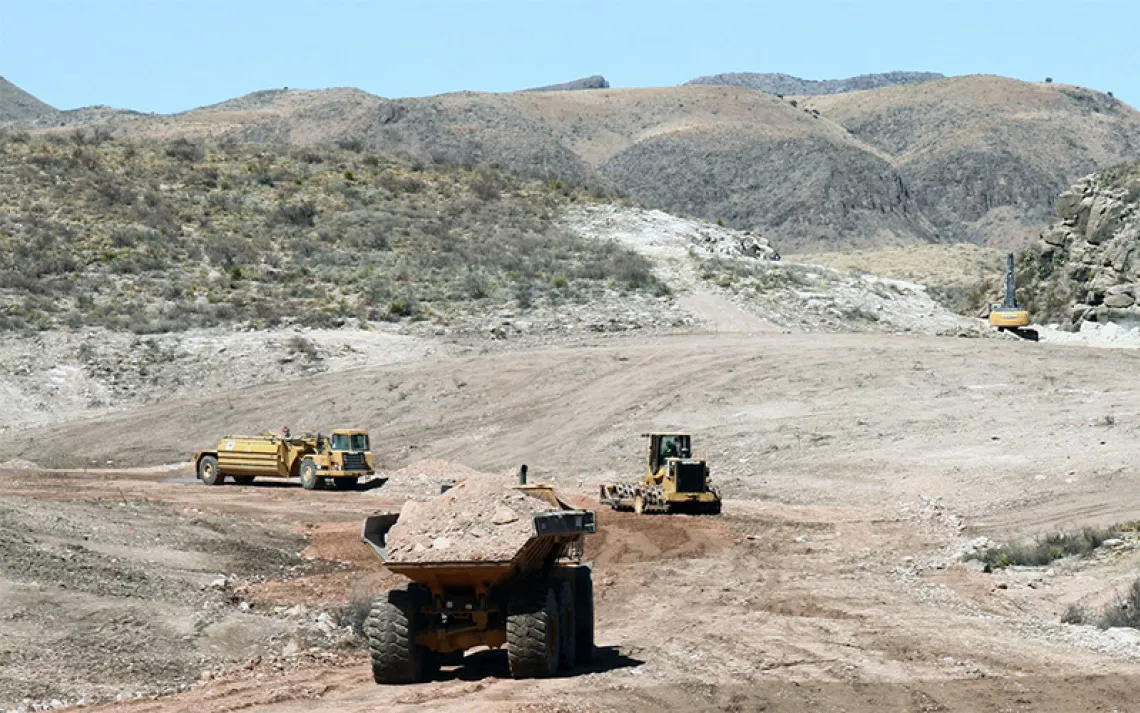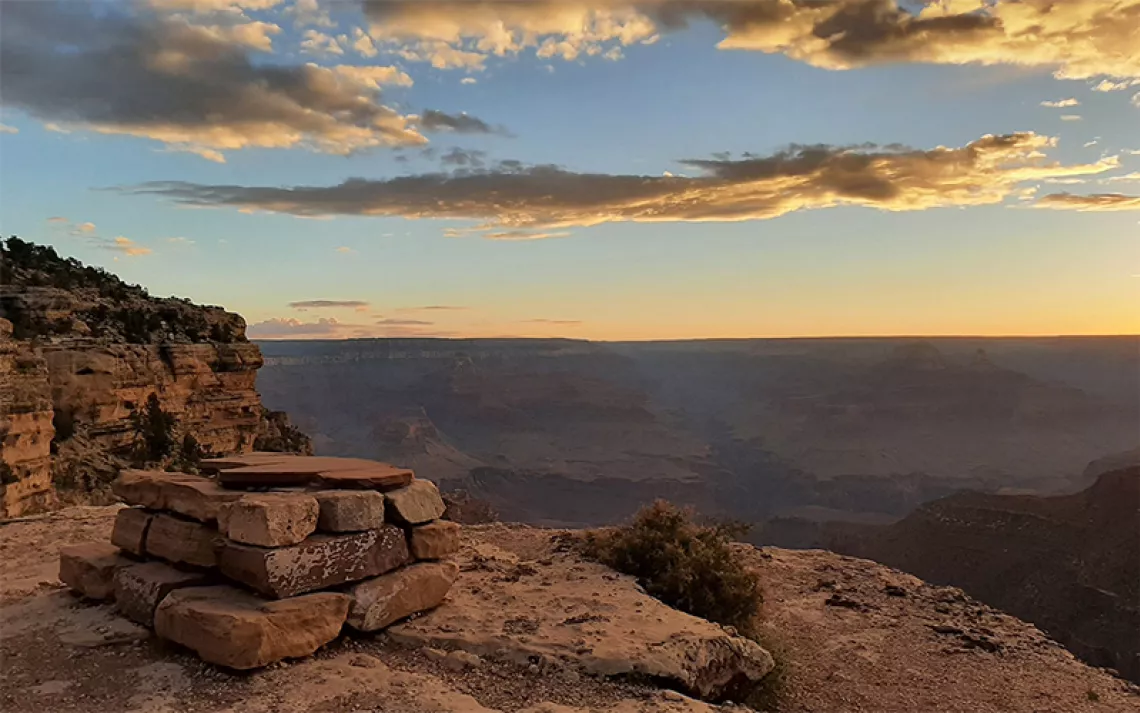Norway Greenlights World’s First Commercial Deep-Sea Mining Project
Here’s what the new project means for the US and other countries beyond the Nordic region

A supply ship at the Edvard Grieg oil field in the North Sea. | Photo by Hakon Mosvold Larsen, NTB scanpix via AP
The US has investigated the potential for deep-sea mining since the 1950s, though not very consistently. Interest rose and fell across the decades—peaking in the 1970s when metal prices soared, decreasing as those prices fell. But today, as the world increasingly uses electronics, the demand for metals and minerals buried under the earth’s surface is reaching new depths.
Beneath this top layer lies a plethora of in-demand minerals like cobalt, nickel, and copper, with uses ranging from energy to defense—electric grid storage, consumer electronics, and jet engines. And with mineral supply chains largely controlled by China and Russia, deep-sea minerals are considered a national security matter for many countries, including the US. “We must explore every avenue to strengthen our rare-earth and critical minerals supply chains,” wrote 31 members of Congress in a recent letter to the Department of Defense that requests consideration of a US supply of seabed minerals. The question is how to get them.
While exploratory deep-sea mining has been going on for decades, no one has yet commercially mined the deep sea. But companies have conducted exploratory mining that permits equipment testing, environmental assessments, mapping resources, and creating mining plans for specific areas. Commercial permits, on the other hand, would let a company go much further by allowing it to harvest and sell seabed minerals.
Right now, the Norwegian government hopes to lead the charge toward commercial deep-sea mining. On December 5, it struck an agreement to allow mining exploration on its seabed, ahead of a formal parliamentary decision in January. (While it’s technically still possible for Parliament to block mining exploration, this majority agreement makes it unlikely.) The proposal would permit exploratory mining in a large section of the Norwegian seabed, with environmental baseline survey requirements. After the exploration phase, Norway’s Parliament can decide whether to issue commercial permits, a process similar to Norwegian permitting for oil and gas.
It’s uncertain when that second decision for commercial mining might arrive. Between governmental interest and strong offshore experience, Norway’s poised to move quickly from exploration to extraction: It could become the first country commercially mining the deep. If it’s successful, the new mineral supply from an allied country might help the US electrify, decrease reliance on fossil fuels, and avoid the social and environmental harm of increased domestic mining. Yet long-term risks may outweigh these benefits. Norway’s leadership would hasten the global push for deep-sea mining, and the environmental repercussions could be felt in the US and around the world.
In the 1980s, President Reagan kept the US out of the United Nations Convention on the Law of the Sea (UNCLOS), citing rules too prohibitive to deep-sea mining. As a result, the US can’t pursue mining in international waters. “It’s always been this strange thing where the US is kind of holding out its full support of UNCLOS because of the rules around deep-sea mining, while at the same time not really investing much further into developing the deep-sea mining industry, at least not directly,” says deep-sea ecologist Andrew Thaler. However, if Norway provides seabed minerals, the US could reap deep-sea mining’s rewards anyway.
These minerals might spur the energy transition: They’re used in electric car batteries and solar panels. Advanced weapons systems also use batteries, and China currently controls supply chains of battery minerals like cobalt and nickel. “Cobalt is extremely important to the US,” Thea Dunlevie, a senior analyst at the Center for Maritime Strategy, said. “When Norway is looking to open up deep-sea mining, that opens up a new supply chain for cobalt.” Tense geopolitical relations have also increased governmental interest in new mineral sources. Translated to English, a Norwegian government report on seabed minerals cites “great and growing attention to the security of supply” in “Europe, the USA, and the rest of the world.”
In late October, US and Norwegian government officials signed an energy security cooperation agreement. In Norway’s governmental press release, Oil and Energy Minister Terje Aasland said, “seabed minerals can help to further increase the access we have to critical minerals, and help make the world less dependent on a few individual states.” A Department of State press release on the High-Level Energy and Climate Forum that led to this agreement mentions Norway’s “ambition to be a world leader in profitable, prudent, and sustainable utilization of its seabed mineral resources.”
In spite of this interest, there’s no guarantee Norway will find the riches it predicts lie on its seafloor. The Norwegian government’s assessments of major seabed resources are still only estimates, and more research is needed to see whether they’re accurate. Yet even if the resources are smaller than expected, Norwegian mining would help legitimize deep-sea mining globally, forging a path others may follow.
Scientists in Norway worry that the opening process is happening too fast, neglecting the ocean ecosystem research needed for an informed decision. Exploration permits would let the mining industry lead environmental studies on the seabed, where many animals live on mineral deposits. Some scientists think independent research organizations and the Norwegian government should do this work first, creating baseline environmental knowledge before an exploratory mining decision is made. While the mining industry can help fund expensive deep-sea research, it’s not a neutral entity. Its focus is on applied science for mining, rather than basic science for knowledge.
“Norway moving forward with misguided mining operations in its own waters provides a dangerous precedent for other countries and for the ISA [International Seabed Authority],” Representative Ed Case, the Hawaiian Democrat who introduced two moratoriums on deep-sea mining last summer, said.
Beyond the Norwegian seabed, mining also would impact Arctic ecosystems. Mining here includes demolishing hydrothermal vents for minerals, and research suggests such damage can travel far: “They're all interconnected, and removing one has significant repercussions for the other vent ecosystems as well,” Thaler said. “There’s no way to begin removing hydrothermal vents from the ocean ecosystem without causing catastrophic disturbances, both at the site and downstream.” Mining operations could also move seafloor sediment into the water, adding toxic metals to the food web. Jeffrey Drazen, an ecologist who studies deep-sea fish, added. “That could be a problem for us too: Many of these midwater organisms are connected to top predators such as tuna and swordfish that we eat, and so that would toxify our seafood supply," Drazen said.
And no matter where it happens, seabed mining would threaten deep-sea life humans are just beginning to discover. The deep ocean helps the climate by naturally storing carbon, and its ecosystems are connected to the rest of the ocean in ways scientists don’t fully understand. “We do know that environmental impacts are not concerned with artificial human-designated boundaries,” Congressman Case said.
For Norwegian seabed mining to address US energy and national security concerns, it would need a rushed start, potentially without sufficient environmental impact research. Norway’s seafloor, which contains complex vent and ridge ecosystems, has seen far less research than other more researched regions, and good research is bound to be slow. “Science isn’t inherently designed to go fast,” Eoghan P. Reeves, a geochemist at the University of Bergen who’s worked in the US and Norway, said. “It’s supposed to be careful and methodical, which takes time. And maybe that doesn’t sit well with a world where we’re used to getting things quickly.”
An influx of metals might help the US temporarily, but oceanic damage from rushed seabed mining would reach far into the future. Destructive and improperly regulated mining “may have its own severe national security implications,” Congressman Case noted. And seabed minerals are not a realistically renewable resource: The deposits build up over millions of years.
Already, calls to halt deep-sea mining are growing, while new battery technologies and increased recycling offer alternatives. The debate is far from over. But how Norway proceeds will help shape its conclusion, with impacts that reach the US and beyond.
 The Magazine of The Sierra Club
The Magazine of The Sierra Club



